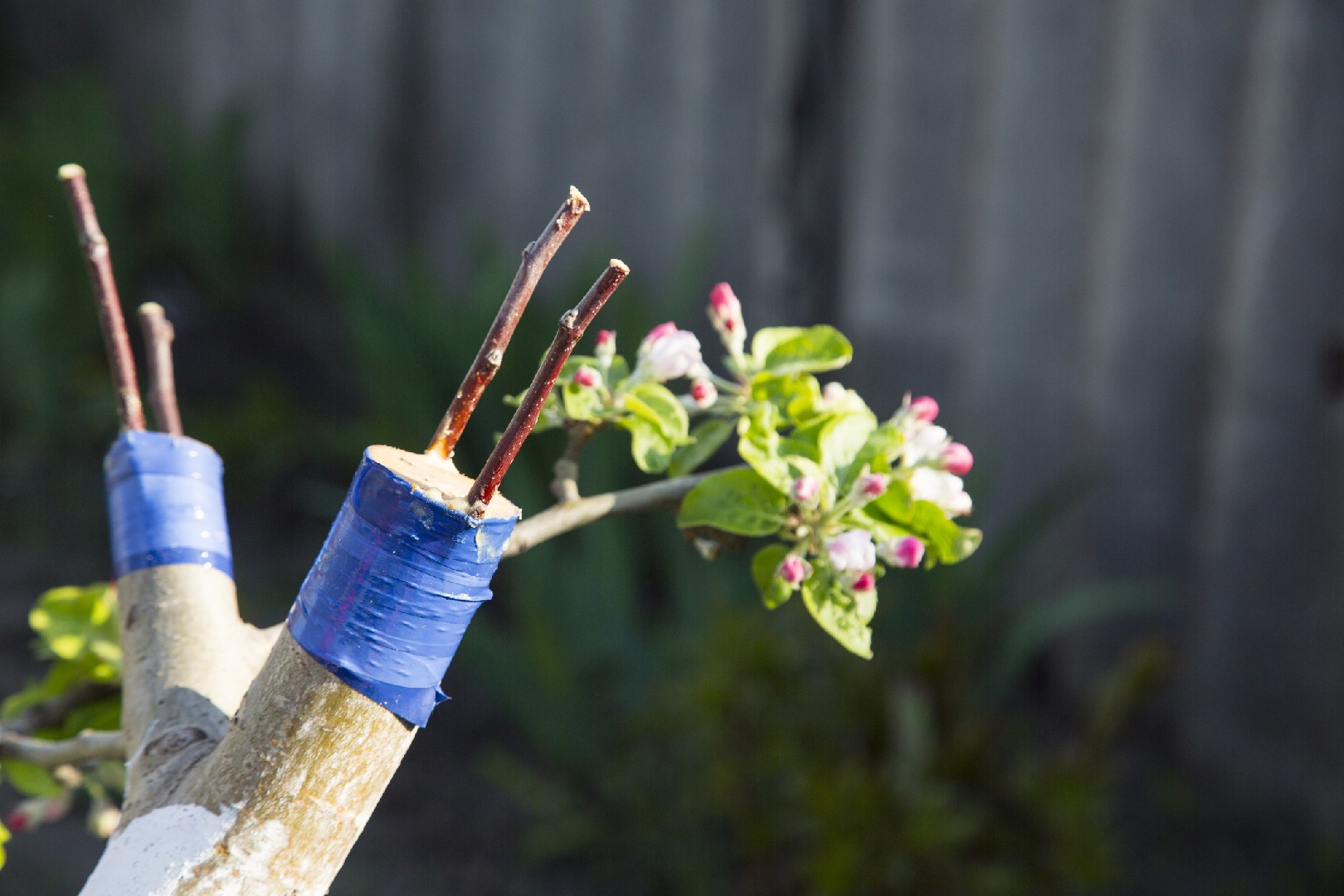![Rectangle]()
Troubleshooting Grafting Challenges
Grafting is a fascinating technique that allows gardeners and horticulturists to create stronger, more diverse plants. However, like any skill, grafting can come with its fair share of challenges. In this section, we will explore common grafting problems and provide tips for successful grafting, as well as valuable lessons to be learned from grafting failures.
One common challenge that grafters may encounter is the issue of incompatible grafting partners. It is important to choose rootstocks and scion wood that are genetically compatible in order to achieve a successful graft. Some plants are more compatible than others, so it is crucial to do your research before attempting a graft. Additionally, ensuring that both the rootstock and scion wood are in optimal health will increase the chances of a successful graft.
Another challenge is the risk of graft failure. While grafting can be a reliable method, there are times when grafts do not take. This can be due to factors such as poor grafting technique, unfavorable environmental conditions, or lack of proper care after grafting. To increase the success rate of your grafts, it is important to follow proper grafting techniques, provide the necessary environmental conditions (such as proper temperature and humidity), and give the grafted plant appropriate care and attention after the grafting process.
To troubleshoot grafting challenges, it is important to identify the specific problem and take appropriate action. If you suspect incompatibility between the rootstock and scion wood, you may need to choose different partners or consider using grafting intermediaries. These intermediaries can act as a bridge between the rootstock and scion, increasing compatibility. Additionally, if graft failure occurs, it is important to assess the possible causes and adjust your grafting techniques or environmental conditions accordingly.
Tips for successful grafting include selecting rootstocks and scion wood that are well-suited to each other, ensuring proper alignment and sealing of the graft union, and providing optimal environmental conditions for graft healing. It is also recommended to practice grafting on small or inexpensive plants before attempting grafts on valuable specimens. This allows you to refine your technique and gain more confidence.
Lastly, it is important to learn from grafting failures. Each failure provides an opportunity to identify weaknesses in your approach and improve your grafting skills. Reflect on the possible causes of the failure, seek advice from experienced grafters, and adjust your techniques accordingly. Grafting is a skill that can be mastered with practice and perseverance.
In conclusion, grafting can be a rewarding and effective way to enhance plant strength and diversity. By addressing common grafting problems, following tips for successful grafting, and learning from grafting failures, you can improve your grafting skills and achieve successful grafts. So, don't be discouraged by challenges that may arise – embrace them as opportunities for growth and development in your grafting journey.





